By Janhavi Sharma
The Mahabharata is one of the world’s most famous and oldest texts. It has been written and talked about time and again. Something as alluring and controversial as the epic poem needs to be treated with sensitivity and care.
In this article, we will explore the dimension of caste within the epic and how it played out or rather didn’t play out in the hierarchical sense.
Caste is an archaic institution which has embedded itself in the social structures of Indian society. Right from ancient times to modern day political revolts. The upheld notions of the Brahmanas regarding the fourfold Varna Scheme and the clear distinctions of caste as prescribed in the Vedas and Shastras seem to perhaps be at loggerheads with certain anecdotes and events within the Mahabharata.
So the question is that, were the Brahamanical notions of caste truly upheld in the text or was the text somewhat defiant in the modern sense?
The story of Hidimba
Within the Mahabharata is the story of Bhima falling in love with the Rakshasi Hidimba. Now in those times, anyone outside the four-fold Varna scheme was considered a Rakshasa/Rakshasi. She was one such outsider. Smitten by Bhima she disguised herself as a beautiful woman.
Bhima fell head over heels in love with her and together they gave birth to a child called Ghatotkacha who was half human-half Rakshasa according to the epic. This is an instance of exogamy or marrying outside one’s caste.
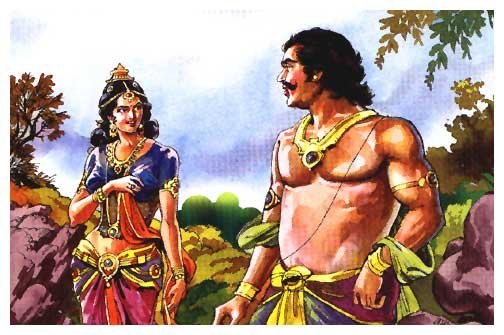
A non-Kshatriya King: Karna
According to the rules of caste, a non-Kshatriya could not become a king. Karna by birth was a kshatriya which till the end of the epic is only known by Kunti. Since he was raised in the house of a suta as a sutaputra or charioteer, he was considered to be of low caste. Lower caste people could not be kings and couldn’t fight as warriors.
But Karna learnt the tricks of a warrior from Parashurama who himself was a Brahmana. Duryodhana, in the epic, enthrones Karna to the city of Anga and hence makes him King thereby defying the norm.
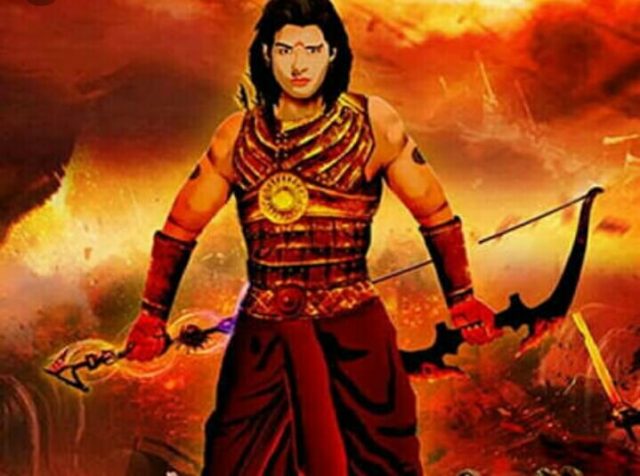
Read More: Mahabharata – Were The Heroes Really The Heroes Or Just Misunderstood Characters?
The story of Eklavya
His story deviates from and reasserts the Varna ideology. Eklavaya was a Nishada or forest dweller and was clearly outside the realm of caste.
He practiced archery on his own considering an effigy of Drona to be his mentor after being refused to be taught by Drona himself. He became an even finer archer than Arjuna which threatened him.
Hence Drona asked for his thumb so that Arjuna once again was the undisputed archer. This story deviates from the norm in a sense that a non-Kshatriya is a fine archer, but redeems itself to caste when Drona takes away Eklavya’s thumb.
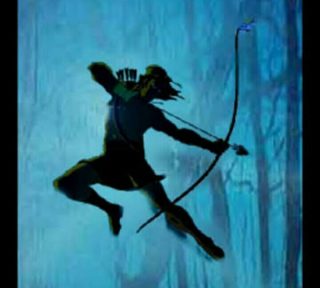
King Shantanu’s marriage to a fisherwoman: Satyavati
As per the norms of the Varna system, a royal cannot marry outside his/her caste. But King Shantanu was smitten by Satyavati, a fisherwoman who then is often blamed for the downfall of the Kuru clan until the arrival of Pandu and Dhritarashtra. This too is an example of exogamy.
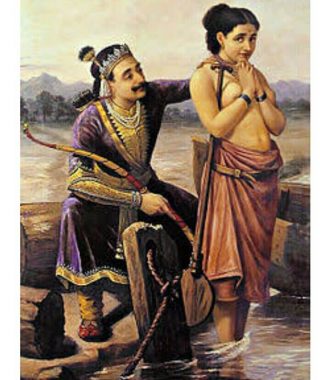
A Brahmana as a warrior: Parashurama
As reiterated in the ancient texts, only Kshatriya’s could be warriors. But this is an exceptional case where a brahmana is as able as a kshatriya in terms of warfare. He had a hatred of kshatriyas who misused their powers and hence became their slayer.
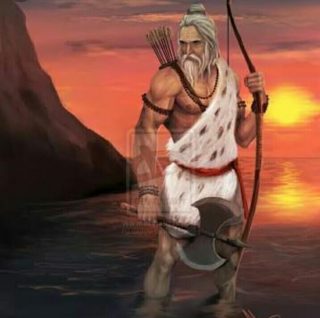
Caste today
As surprising as it is, contradictions are present all around us. If such a text could not uphold the notions of a certain social order at a time when boundaries were key, what then lacks today?
As we move towards a more globally integrated world by blurring boundaries and burning bridges what then seems to divide humanity on such a basis of caste?
Image Credits: Google Images
Sources: Wikipedia, Ekalavya (Wikipedia)































Jhanvi sharma ji
I read your thoughts over caste system in Mahabharata. But all examples you have given itself shows that upper caste people has the right to marry with anyine. But lower caste we’re not allowed to do so. When Dropdi deny karna to take part in archery competition for marriage that A suta putra cannot take part in this competition is big example which shows draconian face of caste system in India. I thanks to Mughal and British to end reign of king of India and British work for welfare of all people including upper caste people.
Ma’am I have read this entire article on the caste de fying moments of mahabharata. I just wanted to thankyou for such informative content which helped me a lot for my research paper in history.